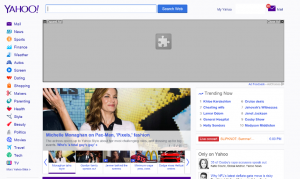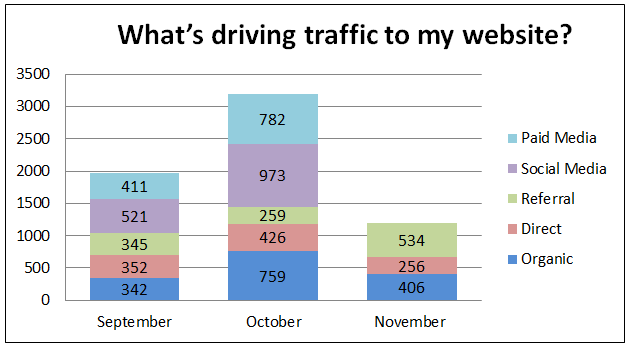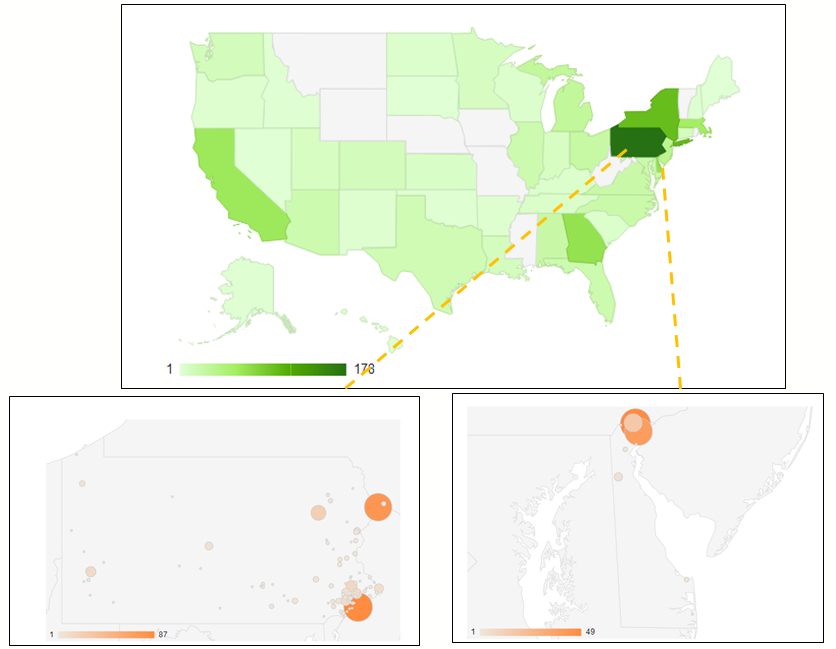
Please take “hit” out of your vocabulary when you’re asking about campaign performance. We never measure by hits, but instead a variety of other metrics.
In the world of analytics, there’s this one, single dirty word that never fails to grate on an analyst’s nerves: “hit.”
As in:
“How many hits did we get?”
“Did we get any hits on our landing page?”
“Can you check the hits for me on that campaign?”
I’ll let you in on a secret: There’s no such thing as a hit. There are clicks, visits, visitors and pageviews, and each of those are different measurements.
Clicks indicate how many people have clicked on an ad. A user can click on an ad multiple times, but only be counted as one visitor. Similarly, a user can click on an ad just once and come back to the website in multiple visits. Usually, we only measure clicks when we’re analyzing ad performance. The number of clicks per the number of impressions equals the click-through rate (CTR).Read full post...



















 Google Analytics is a data source powerhouse. It can measure almost everything, so it can be pretty overwhelming. Here are a few key metrics any small business, blogger or marketer just starting out should focus on.
Google Analytics is a data source powerhouse. It can measure almost everything, so it can be pretty overwhelming. Here are a few key metrics any small business, blogger or marketer just starting out should focus on.



